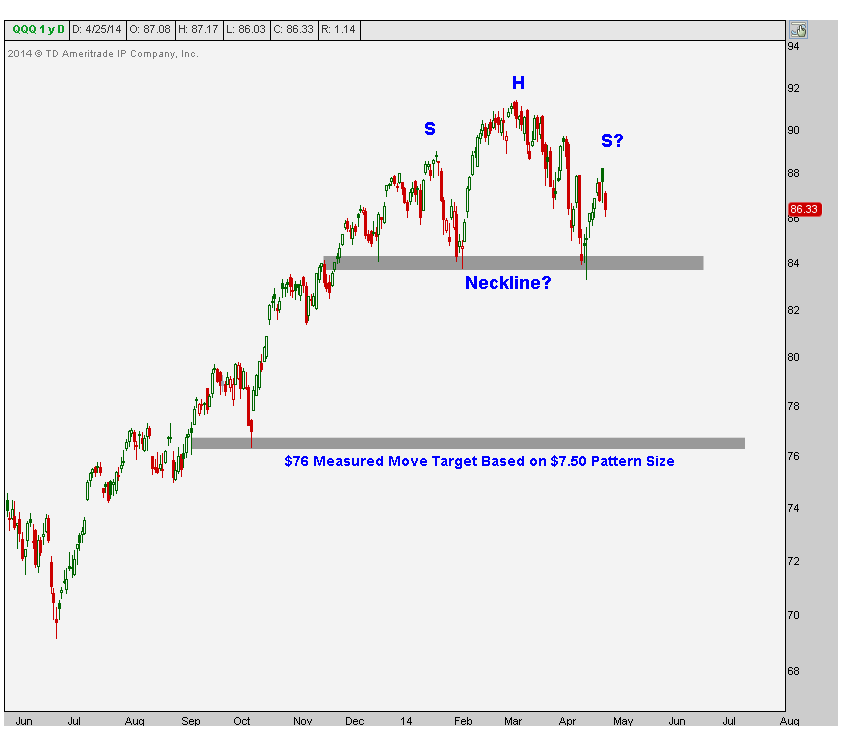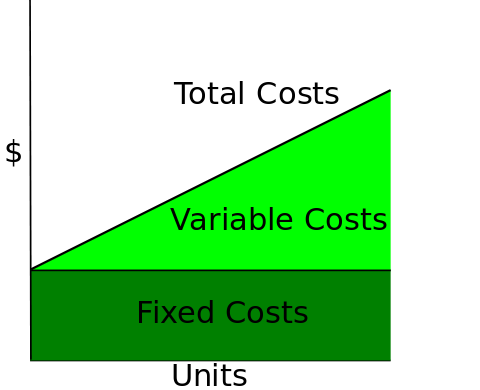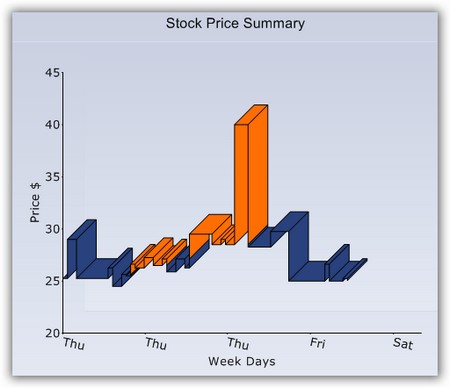Content

The rate can still be poor though, so always check the current online before you accept any offers. Indonesian Rupiahs are available to buy in various countries around the world, however, you’re likely to get a poor exchange rate and lose money if you exchange money before your trip. Luxury hotels, high-end restaurants, and shopping malls usually accept payments by card.
Use Wise for fast, low-cost, and secure online money transfers from the United Kingdom to Bali. You can find ATMs in any of Bali’s popular tourist locations – although the safest are those located in or near well lit bank offices. This abbreviation is usually put before the amount, e.g., Rp.10.000,- (ten thousand Rupiah). If you’re thinking, ‘how could I possibly fit all of this into one vacation?
Current legal tender
In this case, the fee is charged for the operation, and not for the amount, so it is better to immediately withdraw more. Usually, you can withdraw from 1.5 to 3 million rupees at a time. On most ATMs, it is written in which bills you will be given money.
Be careful of ATM’s in Bali because we have experienced our cards being skimmed, luckily no money was taken as we take precautions against this. We always have multiple bank accounts that we use whilst travelling and only move money into the account we are using to withdraw cash when we need it, we do not leave money in this account due to this ATM scam. For a 7 nights stay in Indonesia, expect to spend a minimum of around 1 crore Indonesian Rupiah! Its a large amount of money and it will be a fat wad of notes in the wallet (which will be very inconvenient to keep). Moreover, the INR to IDR exchange rate is very pathetic, so its better you convert your INR into USD at India and then convert the USD to IDR at Indonesia.
Bali is the largest of 17,508 islands that make up Indonesia and the Indonesian Rupiah is the only currency accepted in all of them. However, as Bali receives a lot of tourists on vacation Australian Dollars (AUD), American Dollars (USD) and Euros (EUR) are sometimes accepted and can be exchanged for IDR on the island. The best banks to withdraw money from are Bank Central Asia (BCA), Bank Lippo, Bank Mandiri, Bank Negara Indonesia (BNI), and Permata Bank.

Currently, the VAT in Bali is at 10% and this can certainly add up to a good amount in return. The minimum you will need to spend on goods to get your money back, is 50,000 IDR or about $35. First, our 7-10 Day Bali Itinerary covers the best places to visit in Bali.
What is the average cost of dinner for two in Bali?
You’ll get the best rate for spending in Indonesian rupiah – and can also hold and spend 40+ other currencies with the same card. If you wish to exchange money before you travel, companies such as Ria Currency Exchange and Global Exchange offer better rates than the banks. If you’d prefer to exchange money, you’ll find banks and bureaux de change both at the airport and in the different cities. We recommend withdrawing money directly from ATMs, that way you won’t have to travel with large amounts of cash. The usual fee for withdrawing money in foreign currency is 4%. Though you can order rupiah before leaving home, it is not necessary.
- Merchants may charge a 3% to 5% surcharge for credit transactions.
- But we also know that group tours can mean that you don’t have as much freedom to do what you really want to do with your days.
- ATMs are generally safe in Bali, but it’s good to use precaution in touristy areas because there are some problems with the skimming of foreign cards.
- Bali has a problem with the skimming of cards, so you should always use caution and look for suspicious things before paying by card or taking out cash from an ATM.
Indonesia, which had massive foreign reserves and was seen as having a strong economy, responded on 11 July 1997, by widening its exchange rate band from 8 to 12%. These actions had been successful in the past in defending the rupiah, but on this occasion, a more serious crisis of confidence arose. The currency devaluation of large notes in 1959 had the official exchange rate devalued bali indonesia currency to Rp45 as of August 1959. Further foreign-exchange restrictions were introduced over 1953–1954, with April 1953, the foreign-exchange downpayment was increased to 75%, except for raw materials at 50%. Foreign companies and their workers were placed under restrictions as to the amount of foreign exchange that could be sent home, with the amounts allowed out subject to fees of 66+2⁄3%.
What is the cheapest month to book a flight to Bali?
Deposits would be underwritten up to Rp20 million (about US$5,500). About 90% of all depositors held less than this amount in their bank accounts. Thus, in the period from 1978 to 1986, the real exchange rate of the Indonesian rupiah fell by more than 50%, providing significant boosts to the competitiveness of Indonesia’s exports. Despite the high inflation of the period, the exchange rate, which had essentially been preserved using the country’s oil exports, was maintained at Rp415 until 15 November 1978.

Credit cards are widely accepted in restaurants, hotels, and shops. You may find that some smaller businesses only accept cash, but this is not always the case. As a traveler, it is always a good idea to have cash on hand in case you need it.
USD/AED
For instance, credit card companies and ATM networks usually charge a 1% conversion fee on all foreign transactions. Individual merchants may also charge supplemental fees if you ask them to convert the price of an item to your home currency at checkout. The financial crisis of 2007–2008 with the collapse in the commodities market had the US$ gain strongly against currencies backed by weakening commodities exports. On 13 November, BI introduced new regulations requiring foreign currency purchases over US$100,000 a month to be backed by documentation of an underlying transaction and a tax number. The rupiah closed below Rp12,000 for the first time since 1998 on 20 October, with intraday lows below Rp13,000.
Paper notes come in denominations of IDR 500, 1,000, 5,000, 10,000, 20,000, 50,000 and 100,000. Coins come in denominations of 50, 100, 200, 500 and 1,000, although these are somewhat less circulated compared to paper bills. The Indonesian Rupiah has a fascinating history that dates back to the Dutch colonial era. The currency has evolved over time, with various denominations and designs. Understanding the history of Bali currency provides a deeper appreciation of its cultural significance. Entertainment and excursions in Bali are also available for any budget, starting from $ 7.5 and above.
Upon departure, you will show your receipts to the customs office in Denpasar airport to receive your money back. Back in time, Indonesia has also had the Netherlands Indies gulden, Javanese Rupiah, and the Netherlands NICA gulden as currency in Indonesia. You don’t want to be taken advantage of when changing money in Bali. Create a chart for any currency pair in the world to see their currency history.
Second, bargaining is a common practice in Bali, especially in markets and small shops. Third, plan your activities and transportation in advance to avoid last-minute expensive options. The official currency of Bali is the colorful Indonesian Rupiah also known as IDR, which is used throughout all of Indonesia. So far this year, the rupiah is Asia’s number one performer putting it at 13,869 to a dollar. The stronger dollar means the exchange rate is very beneficial if you are visiting from the United States.
The convenience offered by ATMs in Bali may be offset by fees charged for overseas withdrawals. Double-check with your bank or credit card before making a withdrawal on a Bali ATM. To make the most of your Bali currency, here are some money-saving tips. First, consider eating at local warungs (small eateries) instead of expensive restaurants.
Foreign currencies like the US dollar, UK pound and Australian dollar can be very easily changed at one of the many money changers in Bali. Money changers go where the tourists are—from the airport down to the larger villages upcountry. Unfortunately, Bali money changers have acquired an unsavory reputation due to their extensive repertoire of dirty tricks. The currency symbol for the Indonesian Rupiah is “Rp.” It is important to familiarize yourself with the symbol to avoid confusion when dealing with prices and exchange rates in Bali. Convenience stores are probably the worst place to withdraw money from an ATM for a few reasons. Independently owned convenience store ATMs charge a high transaction fee.

You may also see the Indonesian Rupiah represented as Rp. IDR come in notes of 2,000, 5,000, 10,000, 20,000, 50,000 and 100,000 so don’t be surprised if you are quoted 10K for a 5 minute taxi ride! To put it into context, 100,000 IDR is roughly worth 7 USD (but the exchange rates are always changing so be sure to check the most up-to-date rates before you go and see the next section for more on this). Before traveling to Bali, it’s helpful to check the current exchange rates to have a better understanding of the value of your home currency against the Indonesian Rupiah. There are various online currency converters and mobile applications that provide up-to-date exchange rate information. You can exchange foreign currency in Indonesia at a bank, exchange office bureau, or local money changers.
To give you an idea, when you change €50, you get about 760,000 rupees. Although the bank had violated its BMPK (credit limit), Bambang was given permission by BI to buy Bank Alfa, another bank, seen by many as a reward for withdrawing his lawsuit. In effect, the failed bank was reopened under a different name. By 4 October, the currency had collapsed a further 19%, falling to Rp3,690 per dollar.
Balinese Currency
Little action was seen immediately, and by 17 June, the rupiah had bottomed out at Rp16,800 per dollar. On 25 June 1998, the fourth letter of intent was signed with the IMF, which was refusing to provide aid due to breaches of its original agreement. The IMF agreed to provide an immediate US$5 billion of aid to cover basic necessities. Despite the improvements, political instability quickly increased. An increasingly complex set of tariffs on imports was unified in September 1955 with a set of extra import duties, requiring down payments to the government of 50, 100, 200, or 400% of the value of the goods.
